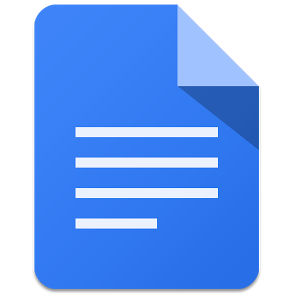
:max_bytes(150000):strip_icc()/001_changing-default-document-formatting-google-docs-3540182-5bd7850746e0fb002dd93b9c.jpg)
But in January 2023, Google Drive will end support for macOS versions below 10.15.7. Presently, Google Drive supports macOS 10.14 or later versions. You can see the changes and improvements made in the latest and previous versions of Google Drive. Now, you can go to the Drive Release Notes website to see the latest Google Drive for Desktop version released by Google. Also, inside the bracket, you can see the processor on which your Mac is running. You can check the Google Drive version installed on your Mac in this new window. Click on the about option there so that a new window will appear. Then click on the Gear icon at the upper right corner, and a list of options will appear. You can check the Google Drive version installed on your Mac using the Drive icon in the Menu Bar. Reboot your Mac, and check if the problem is solved.Check Current and Latest Google Drive Versions

Select the DriveFS folder, right-click it, choose Move to Trash to delete cache files, and empty the Mac Trash.Ħ. Look for the Google folder, and open it.ĥ. Click Go to go to the Application Support Folder.Ĥ. For your convenience, you can directly paste it into the window.ģ. In the pop-up window, type in the followed path. On the desktop, press Command + shift + g at the same time.Ģ. To delete these cache files, follow these steps:ġ. Though the cache files exist to speed up the software, sometimes they may conflict with macOS or the other software, and lead to Google Drive not working on Mac problem. Relaunch Google Drive if you haven't set it to start automatically on startup.Click the Apple icon in the Apple menu on Mac, and select Restart.Click the gear icon (Settings), and choose Quit in the drop-down menu.



 0 kommentar(er)
0 kommentar(er)
